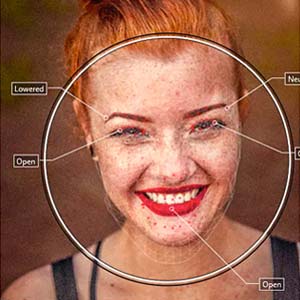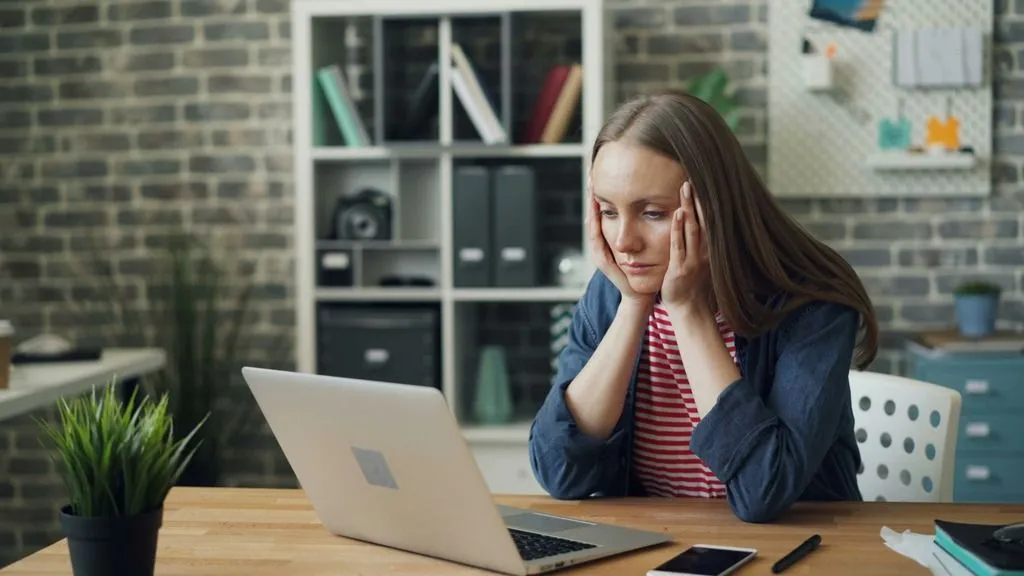The power of multimodal research in human behavior studies
By implementing multimodal research, scientists are hoping to gain a more complete and nuanced understanding of human behavior than is possible through the examination of any single modality.
Posted by
Published on
Tue 28 Mar. 2023

Understanding human behavior is no easy feat. So, it should come as no surprise that the study of human behavior is a complex and interdisciplinary field. It is also one that has challenged scientists and researchers since the beginning. While we have come a long way from simply observing people’s behavior, the field of human behavior studies will always keep evolving.
What is the purpose of human behavior studies?
So why do we study our behavior so extensively? The purpose of human behavior studies is to understand and explain the actions, thoughts, and emotions of individuals and groups. This field draws on theories and methods from psychology, sociology, anthropology, and other related disciplines to advance our knowledge of human behavior and the underlying processes that drive it.
The goal of all this? To increase our understanding of the human experience and to apply this knowledge to support individuals and communities to achieve their goals and live fulfilling lives.
For example, human behavior studies may be used to develop more effective treatments for mental health disorders, to design educational programs that more effectively engage students, or to improve organizational practices in the workplace.
In addition, these studies can provide insight into the complex social, cultural, and historical factors that shape our actions and reactions, as well as the individual differences that exist between people.
How human behavior research can benefit from technology
Scientists have been using many different methods and tools to study human behavior. It started with observing people with pen and paper in hand. Soon, physiological measurements came into the mix, from measuring blood pressure and skin conductance, to studying heart rate and brain processes.
Fortunately, modern technologies are providing researchers with new tools and insights to help them better understand human behavior. The use of technologies such as video observations, eye tracking devices, and facial expression analysis has become the norm in research nowadays.
Human behavior research can benefit from software tools and technology in several ways:
- Data collection: Software tools can be used to efficiently collect and store large amounts of behavioral data, such as responses to surveys, mouse and eye tracking data, and physiological measurements. These tools allow researchers to gather more data in less time than would be possible through manual methods.
- Data analysis: Advances in technology have also made it easier to analyze and interpret large amounts of data. For example, machine learning algorithms can identify patterns and relationships within datasets that might be missed by traditional statistical methods. Data visualization tools can help researchers to identify trends and patterns more easily, and make it easier to communicate research findings to others. Additionally, software tools can automate the process of data analysis, allowing researchers to focus more on the interpretation of results.
- Experiment design: Finally, technology can be used to create and conduct complex experiments, such as immersive rooms that simulate real-world situations. This way, researchers can manage and study human behavior in controlled environments, like a consumer lab or medical training room. Similarly, using technology and software tools can help researchers to design experiments more efficiently, reducing the time and cost required to conduct research.
Overall, software tools and technology can greatly support human behavior researchers in gathering, analyzing, and interpreting data. They can also help to increase the speed and efficiency of research, enabling researchers to answer questions more quickly and with greater precision.
What is multimodal research?
In recent years, multimodal research has increasingly gained in popularity. Multimodal research is an innovative and interdisciplinary approach for studying human behavior that combines multiple modalities. This includes modes such as speech, gestures and eye tracking, and physiological measures like blood pressure or skin conductance.
By collecting and analyzing data from different modalities, researchers can gain a more comprehensive understanding of complex phenomena and identify patterns and relationships that may not be apparent through a single modality.
This approach provides a deeper understanding of human behavior and enables researchers to draw more accurate and insightful conclusions. By combining multiple forms of data, researchers can overcome the limitations of studying human behavior through a single modality and obtain a more complete picture of the phenomena being studied.

By implementing multimodal research, scientists are hoping to gain a more complete and nuanced understanding of human behavior than is possible through the examination of any single modality.
Why multimodal research is gaining popularity
Moreover, multimodal research can also help to advance our understanding of the cognitive processes underlying human behavior, such as attention, memory, and decision-making. By examining the ways in which people use multiple modes of communication to process information and respond to their environment, multimodal research can provide insight into the complex interplay between perception, attention, memory, and action.
Examples of multimodal research
Combining all of these different modalities enables researchers to gain insights into how different aspects of behavior are related and how they interact with each other.
For example, a researcher might use eye tracking to study how people read a web page, EEG to measure brain activity while reading, and facial expression analysis to see how people respond emotionally to the content. By combining these different modalities, you can gain a much more complete understanding of how people engage with online content.

The challenges of multimodal research (and how to overcome them)
Multimodal research often involves the use of advanced technologies and software tools to analyze and synthesize data from different modalities. But combining multiple types of measurements can be quite challenging, especially when you use several acquisition tools that have to be calibrated and started. This often leads to time delays, not to mention frustration when things go wrong or don’t work. And how do you know for sure that all these data streams are recorded in sync?
Multimodal research made easy
That is why the all-in-one software tool NoldusHub® was developed by Noldus. With over 30 years of experience with behavioral software development and working together with researchers, we understand the urgent need for an easy, yet powerful, multimodal research tool.
We strive to empower scientists in advancing their research on human behavior by providing a user-friendly and technically robust system: NoldusHub. We understand that integrating data from multiple sources can be challenging, especially when dealing with equipment from different manufacturers that require calibration, start-up, and synchronization. That's why NoldusHub is designed: to simplify these technical hurdles, allowing researchers to focus on what really matters – their research.

Your data in a heartbeat with NoldusHub
From setting up to connecting all devices, to recording and visualizing results in a clear way, NoldusHub makes multimodal research easy! The system collects data from a webcam, eye tracker, and physiological devices, resulting in the synchronization of a variety of signals and behavioral input.
From ECG, and EDA, to PPG, with NoldusHub you can access, control, and visualize all behavioral responses and recorded signals from one dashboard. Scheduling several experiments with several participants is also possible, as you can record data from up to four participants at the same time.
Thanks to the system heartbeat of NoldusHub, you can monitor all the status of all connected devices in real-time. The entire process is organized and streamlined into one system, from start to end, saving you valuable time, effort and frustration.

The power of multimodal research
In conclusion, multimodal research is a powerful approach for investigating human behavior and understanding complex interactions between different modalities. By combining various measurement tools, researchers can gain a more comprehensive understanding of their subject matter, leading to more accurate and insightful findings.
However, integrating data from different sources can be technically challenging and time-consuming. That's why solutions such as NoldusHub are so important. With user-friendly tools that automate the calibration, synchronization, and analysis of data from different sources, researchers can focus on the science, not the technology.
Related Posts

Understanding human behavior at Hofstra's Behavioral Research Lab

What is cognitive load, and how does it help us understand human behavior?
